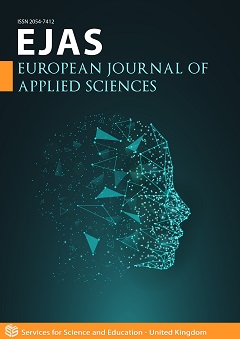Light Time Delay and Bending of Photon Sources Located in the Solar System Calculated with the Extended Newtonian Inertia (ENI)
DOI:
https://doi.org/10.14738/aivp.124.17250Keywords:
Newtonian gravitation, Newton’s 2nd law, Theory of relativity, Gravitational deflection, Gravitational time delayAbstract
An equation for the gravitational redshift was obtained which coincides with the GR result for the case of an emitter being far from the gravitational field. The expression was obtained from the relativistic Einstein-Doppler effect without using general relativity. This suggested the equivalence between a change of speed and a change of gravitational potential and triggered a generalization of the 2 nd law of Newton using high order derivative of the gravitational/inertial acceleration. The implied gravitational time dilation (considering a variable speed of light) was used in the ENI model previously developed by the author to calculate the Shapiro delay for light sources coming from the solar system. The obtained results agree very well with the results of general relativity (maximum relative deviation of about 0.2 percent for Pluto). The use of the time dilation factor in the Newtonian model yields also results very close to GR. Therefore the factor of 2 commonly attributed to the difference between the Newtonian and the GR model did not appear here. The speed of light for photons grazing the Sun (Earth and the Milky Way) was calculated to be almost the one in vacuum but for a neutron star it is about 30 percent higher than the one in vacuum. The ENI model yielded results consistent with the GR models when applied to the Mariner 6 and 7 missions, and to the Cassini probe. The ENI model for the deflection of light was extended (without invoking the time dilation) to finite distances of the source and the observer with results being in very good agreement with GR. The decomposition of the starlight frequencies when approaching the Sun was hypothesized
Downloads
Published
How to Cite
Issue
Section
License
Copyright (c) 2024 Barbaro Q Leyva

This work is licensed under a Creative Commons Attribution 4.0 International License.






